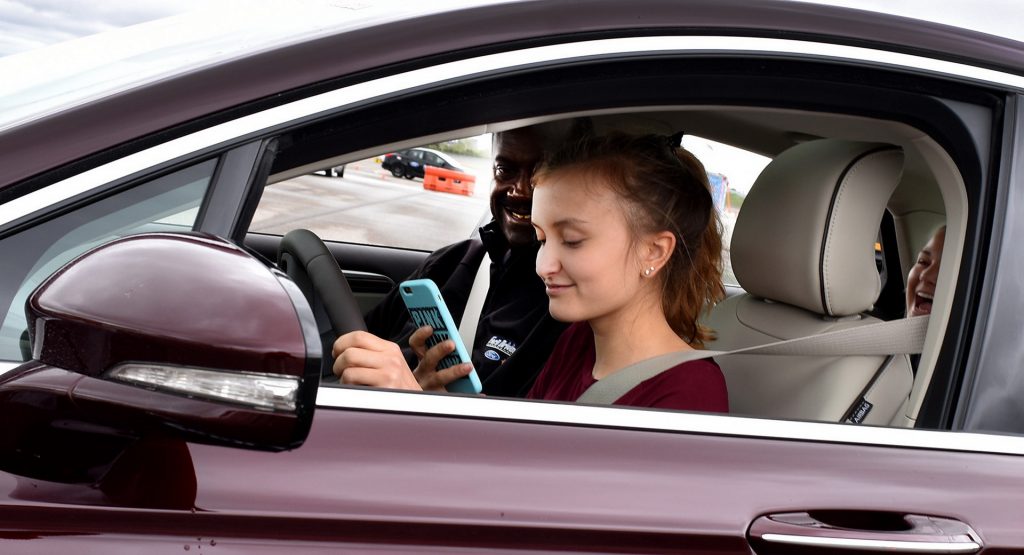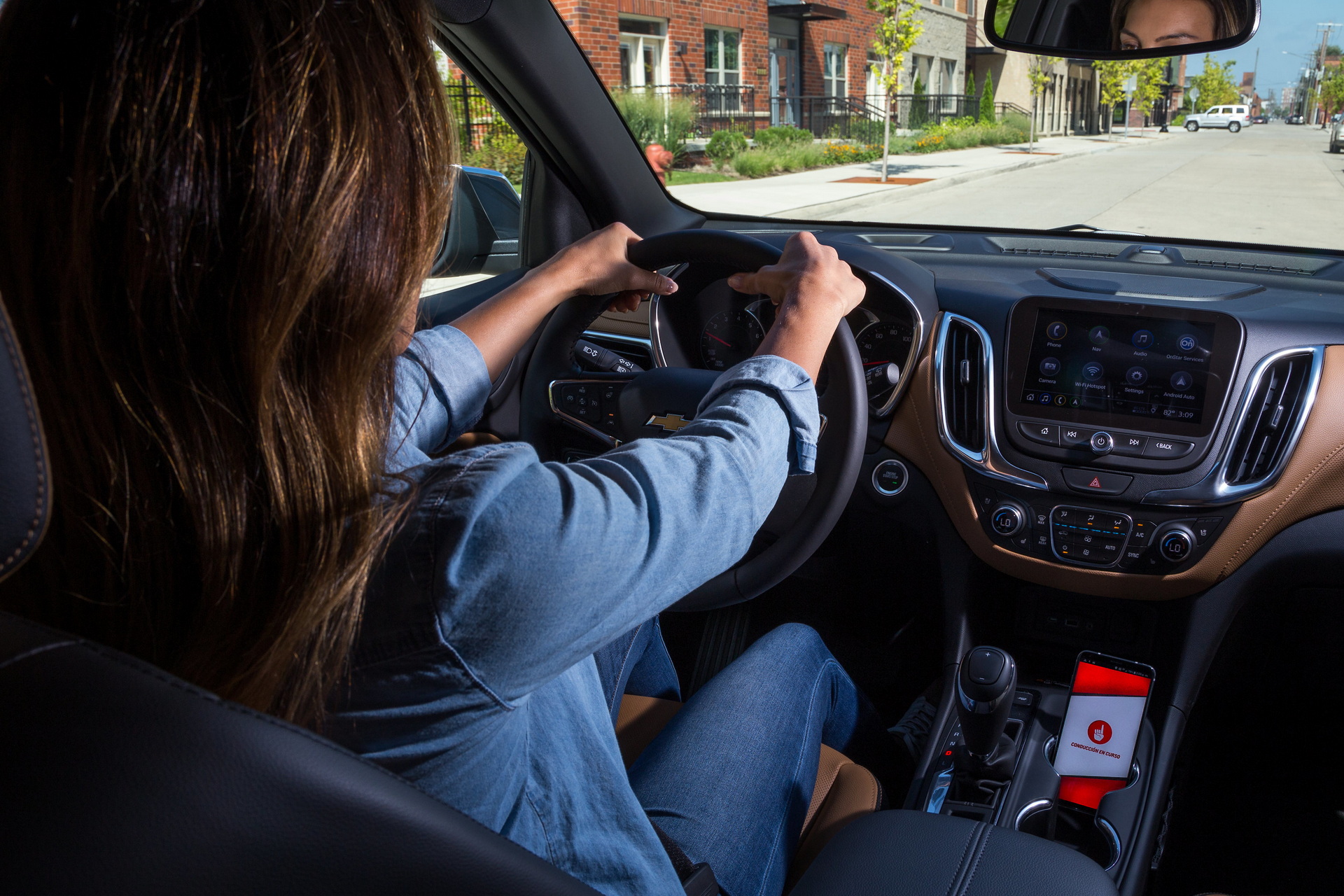Although Americans drove a total of 2.83 trillion miles in 2020, down 13.2 percent from 2019, mostly due to the pandemic, fatalities rose by 8 percent, according to the NHTSA. This means that, on a miles basis, fatalities increased by 24 percent, the biggest year-over-year jump since 1924.
That’s down to a number of factors relating to dangerous driving, but one you might not expect is video conference calling.
A Wakefield Research study commissioned by Root Insurance reveals that 54 percent of the 1,800 respondents reported trouble concentrating after a video conference call.
The so-called “Zoom Zombies” are part of a trend of drivers increasingly distracted by technology. The increased time spent indoors and watching screens appears to be lowering our ability to resist the draw of technology while we’re driving.
“COVID-19 fundamentally changed the way we interact with our vehicles,” says Alex Timm, Root Insurance CEO. “As many abruptly shifted to a virtual environment, Americans’ reliance on technology dramatically increased along with their screen time, causing a majority of drivers to carry this distracted behavior into their vehicles.”
Also Read: 2020 Marked The Largest Spike In U.S. Traffic Death Rates In Nearly 100 Years
According to the study, more drivers are checking their phones while they drive. Nearly two-thirds, or 66 percent, reported that they checked their phones while they drove in 2020, up 8 percent from 2019. Moreover, in 2021 a quarter of all drivers say they check their phones within 15 minutes of getting in the car, up nearly 10 percent since 2019.
The pandemic appears to be inflating drivers’ perception of their ability to operate a vehicle while distracted. Although 93 percent of respondents said they believed that checking their phones negatively affected their driving, 30 percent said that they could still drive safely. That number jumps to those identified as Gen Z (50 percent) or millennials (42 percent).
“Many Americans have honed their use of technology and their ability to multitask during the pandemic but living room skills do not translate behind the wheel,” said Timm. “As drivers return to the road, they should recognize the dangers of false confidence to protect themselves and their passengers.”
The Insurance Institute for Highway Safety (IIHS) says that checking one’s phone takes an average of 4.6 seconds. At 55 mph, that’s enough time to cover the length of a football field with your eyes off the road.
https://www.youtube.com/watch?v=Eikozy0tS2w





